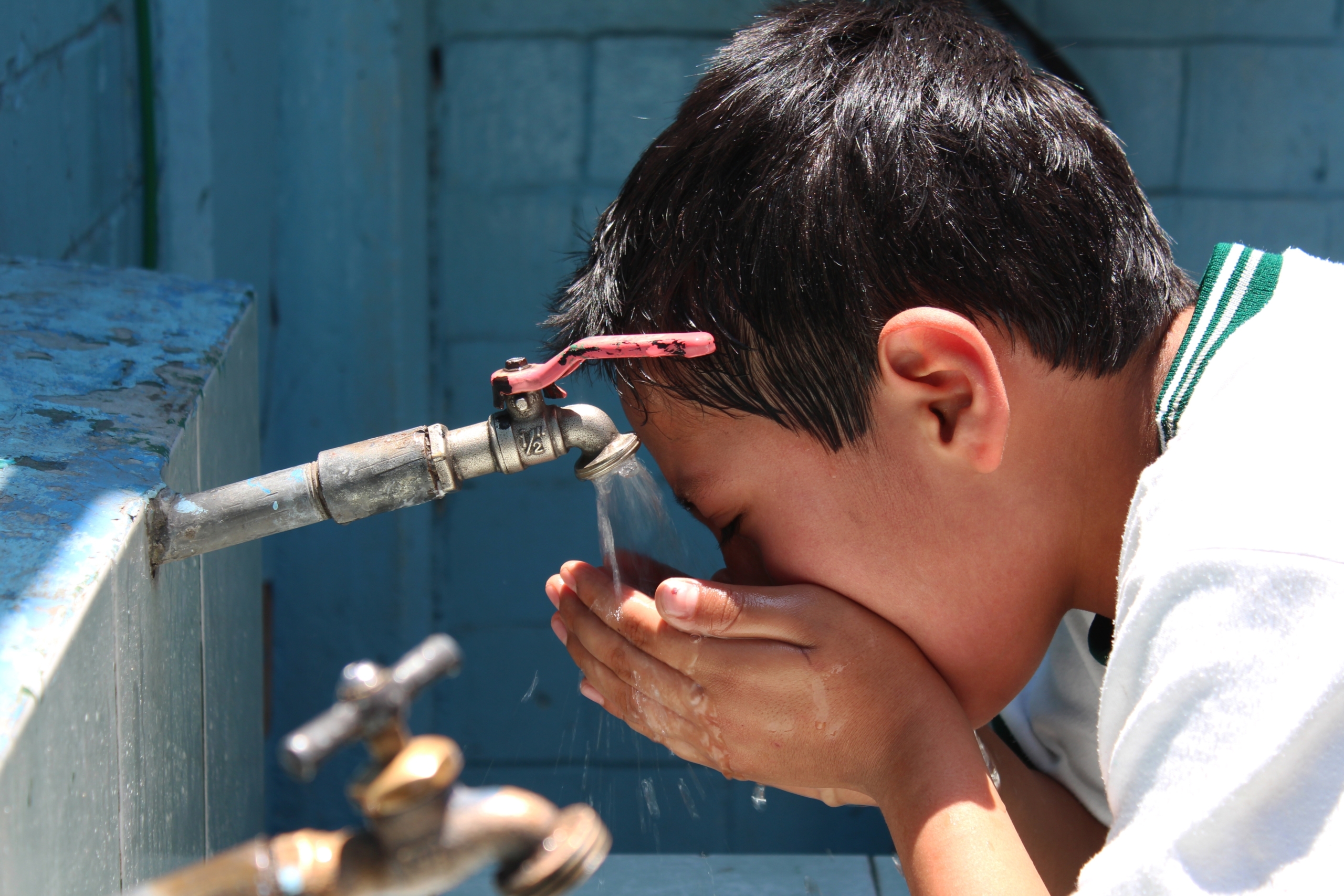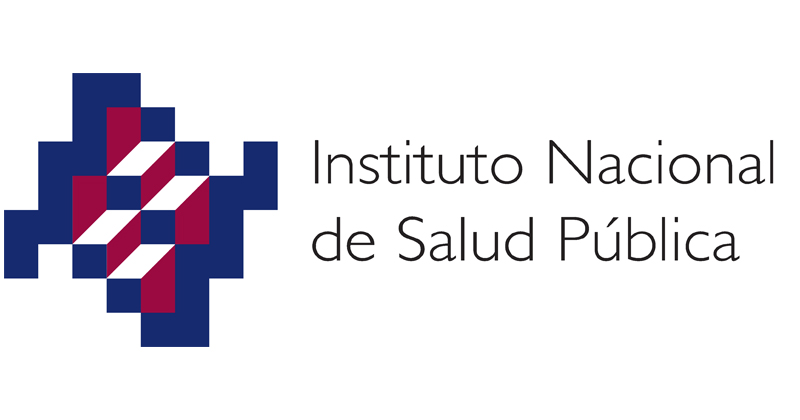Evaluating a Heat-Health Action Plan in Rural Mexico to Manage Effects of Heat

credit: Shutterstock/JuanAriza1
Partners





Overview

Evaluating a Heat-Health Action Plan in Rural Mexico
Key Facts
The Health-Climate Link
Rural community members in low- and middle-income countries (LMICs) are particularly vulnerable to heat-related illnesses (HRI) due to limited access to healthcare, high poverty rates, marginalized populations, and the predominance of outdoor agricultural work. In southern Mexico, aging demographics further compound these vulnerabilities, leading to increased rates of heat-related health risks. Developing heat-health action plans tailored to local contexts has proven to yield significant benefits in preventing illness and mortality.
The Project Advantage
This project focuses on co-developing, testing, and evaluating a culturally relevant, community-driven heat-health action plan across eight rural communities in the Soconusco region of Chiapas, Mexico. Combining early warning systems, capacity building, and public education, the initiative empowers communities to proactively manage heat risks while fostering inter-community collaboration.
Key Interventions Include:
- Designing and implementing early warning and surveillance systems tailored to local contexts.
- Training healthcare workers to identify, prevent, and manage heat-related illnesses.
- Developing prevention education tools and a communication platform for community information sharing.
Aims and Objectives
This initiative aims to reduce heat-related illnesses (HRI) and mortality rates by equipping rural communities with knowledge, tools, and strategies for effective heat adaptation and resilience.
Objectives of this study:
- Develop and test a locally relevant, culturally appropriate heat-health action plan.
- Establish an early warning and surveillance system to predict and address extreme heat events.
- Build capacity among community health workers to identify and treat HRIs.
- Foster behavioral change and preparedness through public education campaigns and communication tools.
- Create an inter-community information sharing network to improve collaboration and dissemination of best practices.
Study design and methods
Study Design
Overview
This study focuses on co-developing, implementing, and evaluating a community-driven heat-health action plan across eight rural communities in the Soconusco region of Chiapas, Mexico. By integrating early warning systems, health worker capacity building, and community education, the initiative addresses local heat-health challenges, improves preparedness, and reduces heat-related illnesses (HRI) and mortality.
Interventions
- Early Warning and Surveillance Systems: Establishing localized systems to monitor and forecast extreme heat events.
- Health Worker Training: Building the capacity among community health workers to identify, prevent, and manage HRIs.
- Educational Tools and Communication Platforms: Creating culturally appropriate education materials and an inter-community network for heat risk information sharing.
Activities
Qualitative Study
Conducting participatory co-design workshops and focus groups with community members and stakeholders to tailor interventions to local needs.
Capacity Building Workshops
Training healthcare workers in eight rural communities to recognize and respond to heat-related health risks effectively.
Pilot Testing Interventions
Implementing early warning systems and communication tools in fourth communities (Tzinacal-Delicias, Álvaro Obregón, Buenos Aires y La Libertad) of the municipalities of Huixtla, Mazatán, Tapachula, and Suchiate to evaluate their feasibility and effectiveness.
Community Engagement and Outreach
Distributing educational materials and organizing community events to raise awareness of heat risks and preventive actions.
Methods
Tracked Outcomes
- Health: Monitoring heat-related illness incidence, hydration levels, and mortality rates.
- Behavioral: Assessing community awareness, risk perception, and behavioral changes in response to heat risks.
- Systemic: Evaluating the effectiveness of early warning systems and health worker interventions.
Novel Methodology
Utilizing participatory co-design to ensure interventions are culturally relevant and tailored to local contexts. Employing a mix of qualitative and quantitative approaches to measure intervention success and sustainability.